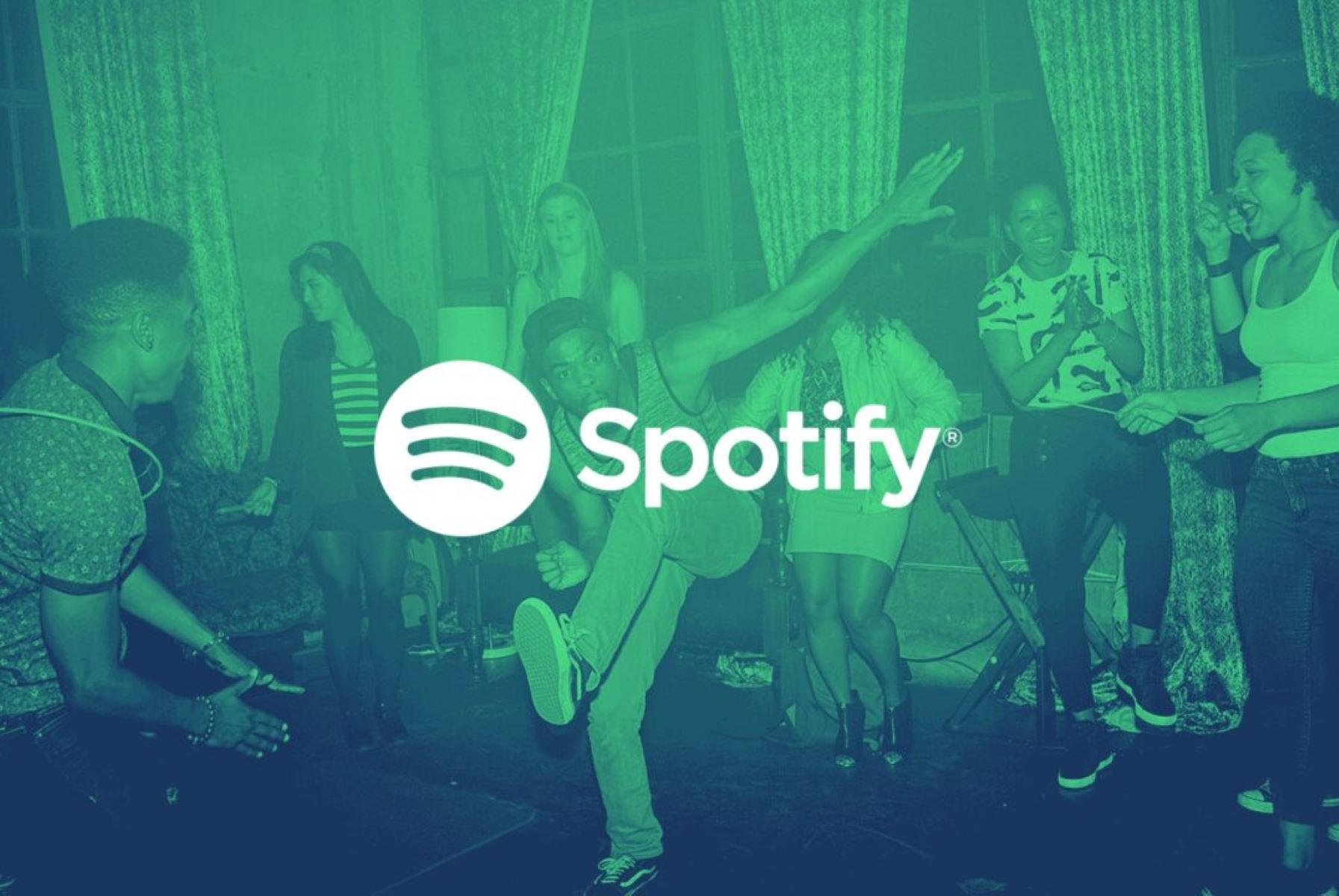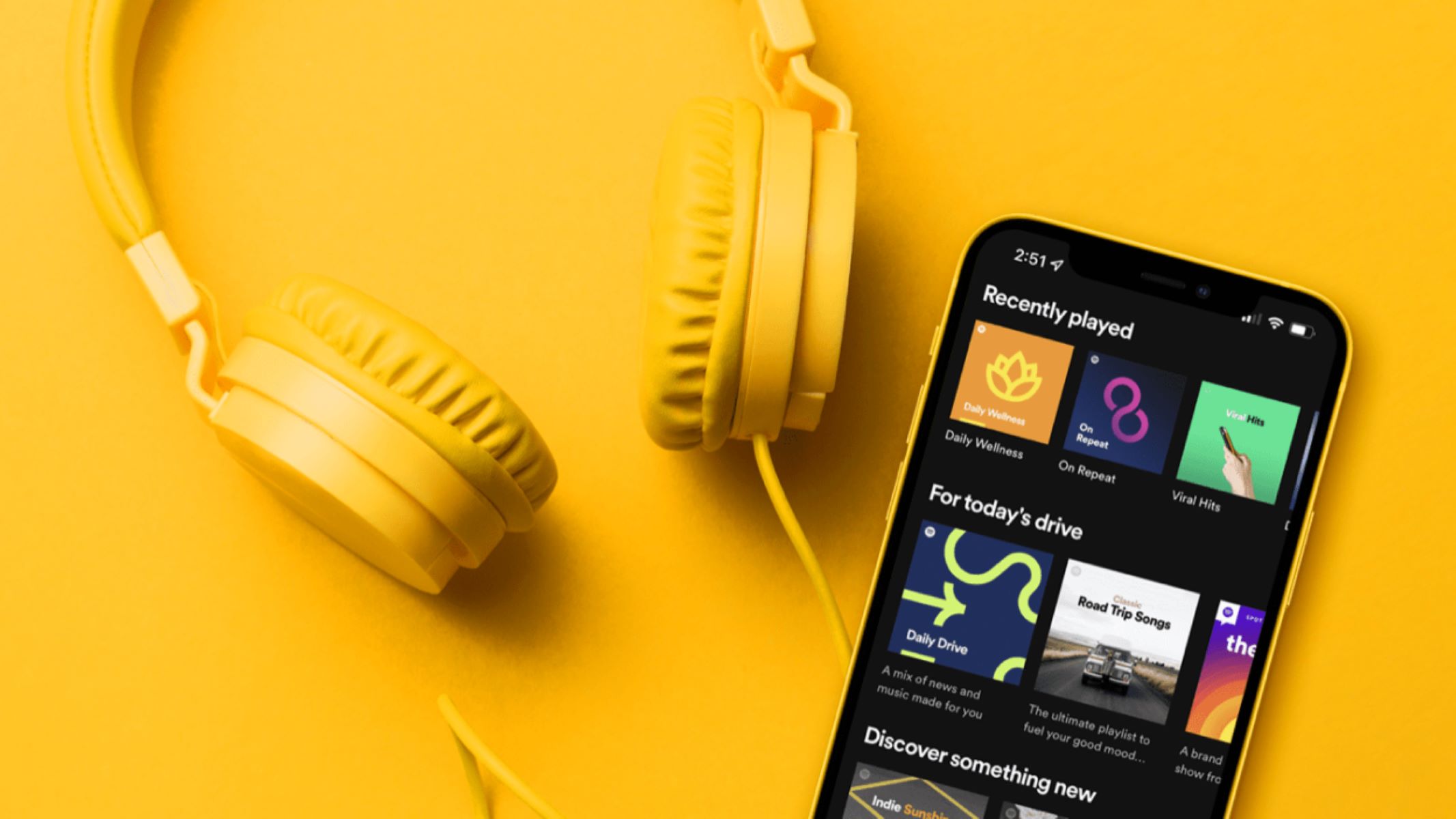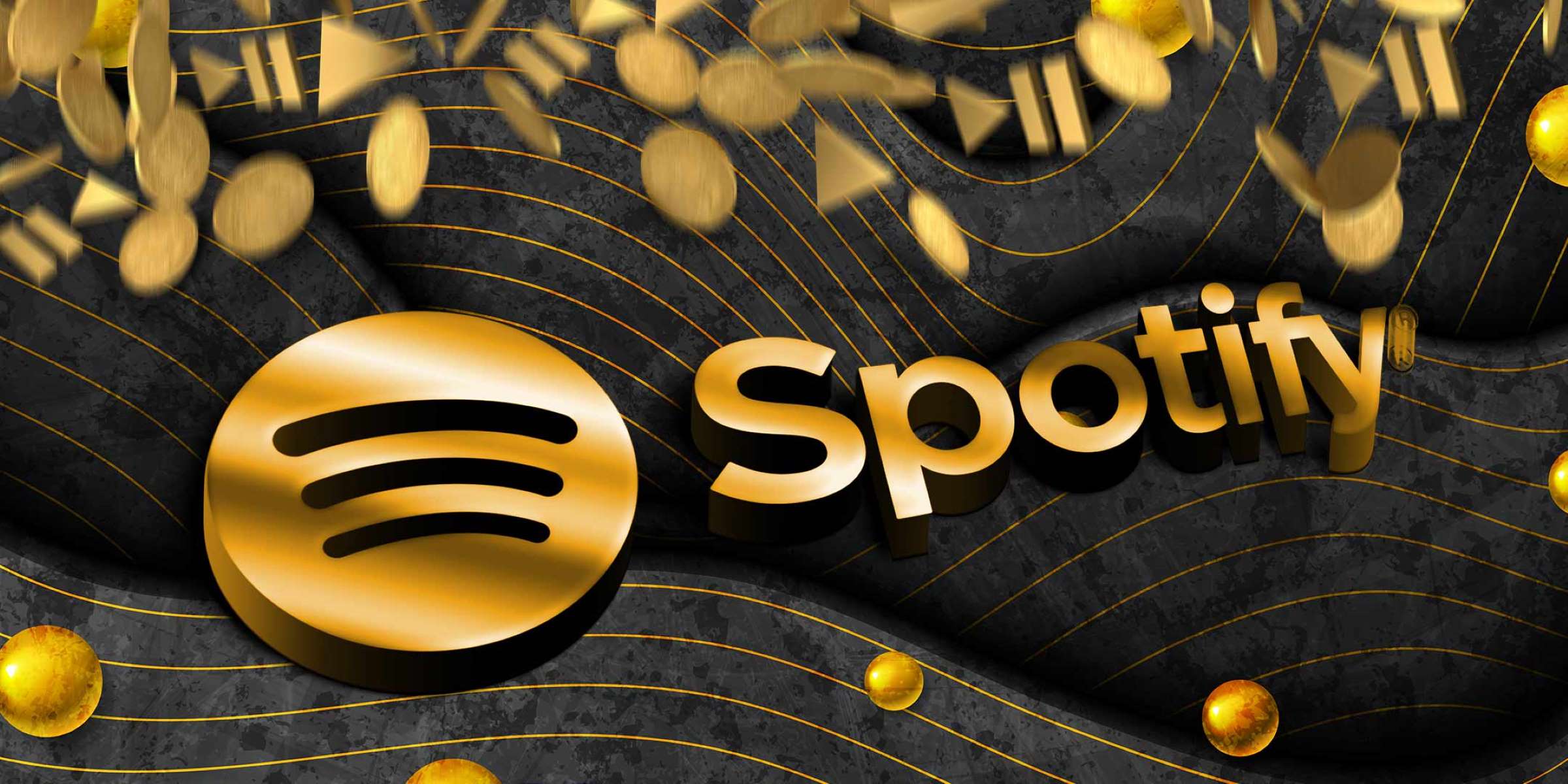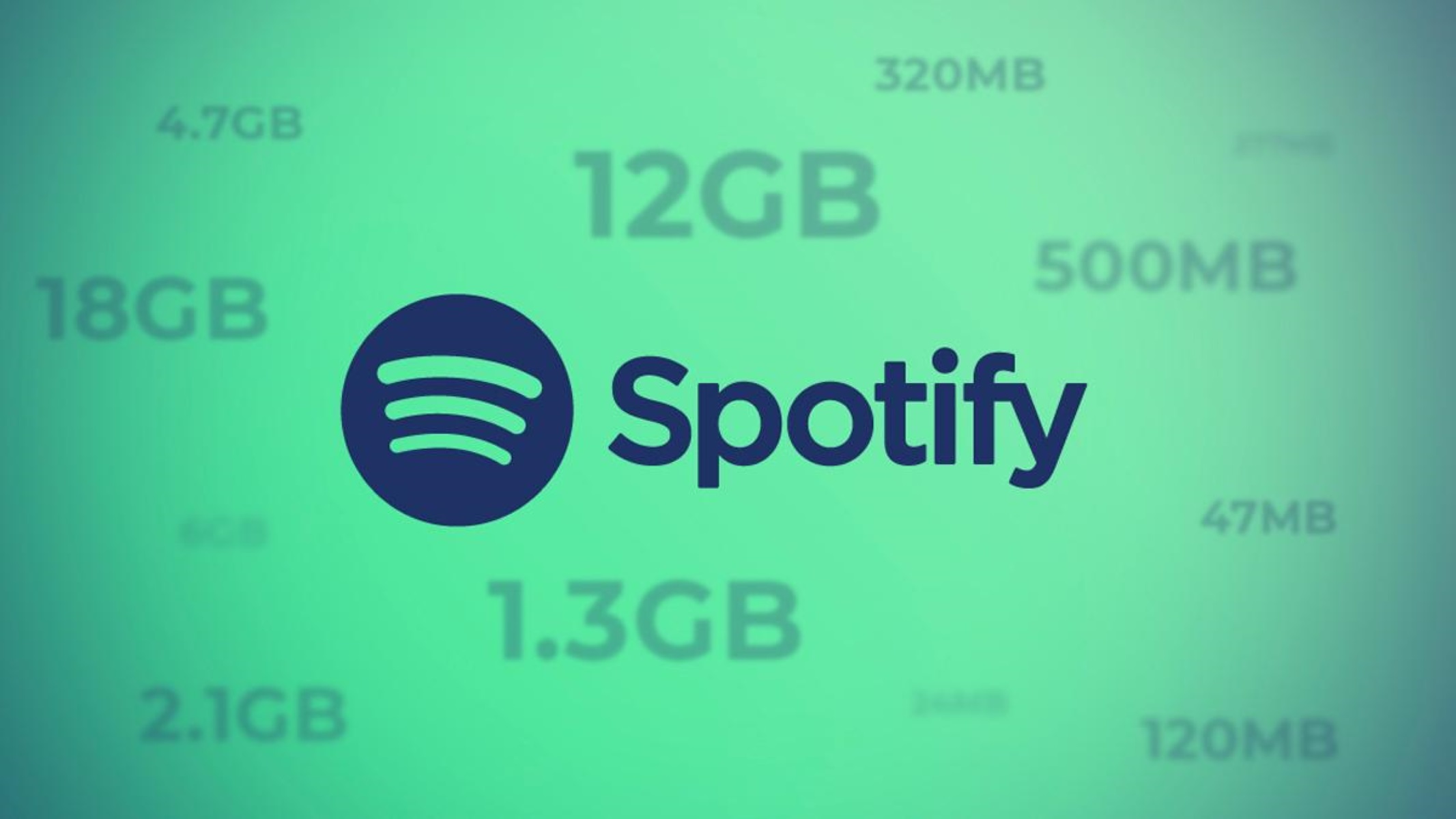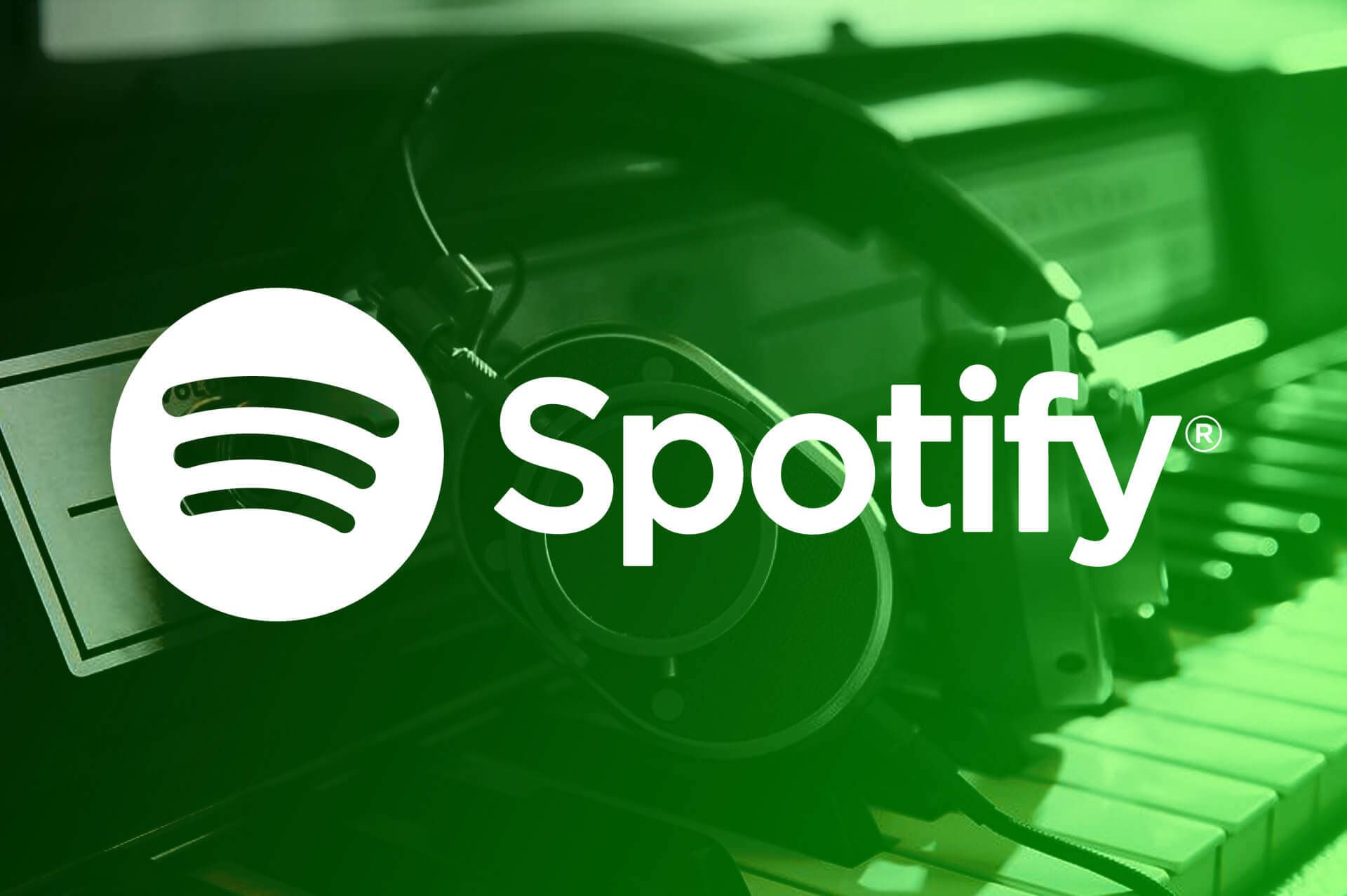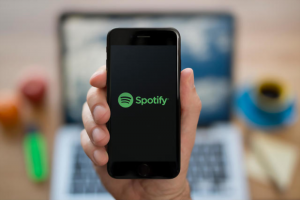Introduction
Streaming platforms have revolutionized the way we consume music, and Spotify is undoubtedly one of the most popular names in the industry. Artists and musicians now have the opportunity to reach a global audience and potentially earn revenue through streaming services like Spotify. However, there is still a lot of confusion and debate surrounding how much Spotify actually pays per stream.
Spotify, founded in 2006, has grown into a streaming giant with millions of active users around the world. It offers users access to an extensive library of songs, podcasts, and other audio content. While Spotify provides a convenient and cost-effective way for users to enjoy music, it also plays a crucial role in supporting artists and their musical endeavors.
When it comes to compensating artists, Spotify follows a complex payment structure. The company pays a portion of its revenue to rights holders, such as record labels, distributors, and music publishers, who in turn distribute funds to the artists. The actual payout per stream varies depending on several factors, including the artist’s contract, the streaming service’s revenue, and the total number of streams generated.
Understanding how the payout works on Spotify requires a deeper look into the factors that influence the amount an artist receives per stream. It is also important to assess whether the current payment system is fair for artists, considering the massive popularity and revenue generated by streaming platforms.
In this article, we will explore how Spotify pays artists, the factors that affect the payout per stream, and whether the payment structure is considered fair in the music industry. Additionally, we will discuss some strategies musicians can employ to maximize their earnings through Spotify and explore alternative revenue streams available to them.
Join us as we delve into the intricacies of Spotify’s payment system and examine the implications it has on musicians and the music industry as a whole.
What is Spotify?
Spotify is a digital music streaming platform that allows users to listen to a vast collection of songs, podcasts, and other audio content from various artists and genres. Launched in 2008, Spotify quickly gained popularity and has become one of the leading platforms in the music streaming industry.
Users can access Spotify through their computers, smartphones, and other devices, making it convenient to enjoy music anytime, anywhere. The platform offers both free and premium subscription options, with the free version supported by advertisements and limited features.
One of the key features that sets Spotify apart is its extensive music library, which comprises millions of tracks from both major and independent artists. Users can explore different genres, create personalized playlists, discover new music through curated recommendations, and follow their favorite artists and friends on the platform.
Spotify also provides an interactive and engaging social aspect, enabling users to share their favorite music with others through custom playlists or by following their friends’ music activities. This not only enhances the user experience but also aids in music discovery and fostering a sense of community.
Furthermore, Spotify has expanded its offerings beyond music, incorporating podcasts and audio shows into its platform. Users can access a diverse range of podcasts on various topics – from true crime to educational content to entertainment – all within the Spotify app.
For artists, Spotify offers a valuable platform to showcase their music and connect with a broader audience. It provides them with the opportunity to gain exposure, increase their fan base, and generate revenue. Artists can create artist profiles, upload their music, and engage with fans through features like personalized playlists, artist insights, and social media integrations.
In summary, Spotify is a popular music streaming platform that provides users with a vast collection of music, podcasts, and other audio content. It offers various features that enhance the user experience and empower artists to cultivate their careers in the digital age.
How does Spotify pay artists?
Spotify follows a complex payment system to compensate artists for their music streams. While the precise details vary based on contractual agreements, the general process can be understood through the following steps:
- Streaming Revenue: Spotify earns revenue through subscription fees and advertising. A portion of this revenue is allocated towards compensating artists and rights holders.
- Rights Holders: Spotify pays the majority of its streaming revenue to music rights holders, such as record labels, distributors, and music publishers. These entities negotiate deals with Spotify and have agreements in place to receive a specific percentage of the streaming revenue.
- Artist Royalties: Once the revenue is received by the rights holders, they distribute the funds to the artists according to their individual contracts. Royalties are typically calculated based on the number of streams an artist generates on Spotify.
- Pro Rata Model: Spotify uses a pro rata model to allocate the royalty pool to artists. This means that instead of paying a fixed rate per stream, the royalty pool is divided among all artists based on their share of total streams on the platform. For example, if an artist’s streams make up 1% of the total streams on Spotify, they would receive 1% of the royalty pool.
It’s important to note that the precise percentage that artists receive varies depending on their label or distributor agreements. Independent artists who have direct distribution deals with Spotify may have more control over their royalty rates, while artists signed to major record labels may receive a smaller percentage due to their label’s negotiations.
Furthermore, the streaming revenue received by artists may also be influenced by factors such as geographical location, listener engagement, and the type of subscription (free or premium) through which the streams are generated.
In summary, Spotify pays artists through a complex system involving the distribution of revenue to rights holders, who then distribute funds to artists based on their individual contracts and the number of streams they generate. The pro rata model ensures that artists receive a portion of the royalty pool based on their share of total streams on the platform.
Factors that affect the payout per stream
The amount that artists receive per stream on Spotify is influenced by several factors. Understanding these factors is crucial for artists to gauge their potential earnings and make informed decisions. Here are some key elements that can impact the payout per stream:
- User Subscription: Spotify offers both free and premium subscription options. Artists generally earn higher royalties from streams generated by premium users compared to free users due to the higher revenue generated from premium subscriptions.
- Geographical Location: The location of the listener can influence the payout per stream. Spotify’s royalty rates can vary between countries and regions due to the differing economic landscapes and licensing agreements in each location.
- Streaming Volume: The total number of streams an artist generates plays a significant role in the payout per stream. Artists who have a large fan base and generate high volumes of streams are likely to earn more royalties compared to those with fewer streams.
- Rights Holder Agreement: The agreements between artists and their record labels, distributors, or music publishers can impact the payout per stream. The contractual terms and the negotiated percentage of revenue that rights holders receive influence the amount ultimately paid out to the artist.
- Song Duration and Engagement: The length of a song and the level of engagement from listeners can impact the payout per stream. Spotify’s payment structure typically accounts for the percentage of the song played, meaning longer songs or songs that receive less engagement may result in lower royalties.
It’s important to note that these factors interact with one another and that the payout per stream can vary significantly, even among artists with similar streaming volumes. Additionally, the constantly evolving nature of the music industry and streaming landscape means that these factors may change over time.
Understanding the various factors that affect payout per stream can help artists develop strategies to maximize their earnings. By focusing on increasing their fan base, targeting regions with higher royalty rates, and negotiating favorable agreements with rights holders, artists can potentially improve their overall revenue from streaming platforms like Spotify.
In summary, the payout per stream on Spotify is influenced by factors such as user subscription, geographical location, streaming volume, rights holder agreements, and song duration and engagement. Artists must consider these factors to estimate their potential earnings and implement strategies to optimize their revenue on the platform.
How much does Spotify pay per stream?
One of the most common questions among artists and musicians is how much Spotify actually pays per stream. The answer is not straightforward, as the payment per stream can vary based on numerous factors and the overall revenue generated by Spotify.
On average, artists can expect to earn between $0.003 and $0.005 per stream on Spotify. This means that for every thousand streams, an artist would earn around $3 to $5. However, it’s important to note that this is an estimate and the actual payment can vary depending on the artist’s individual circumstances.
As mentioned earlier, the payout per stream is determined through a pro rata model, where the available royalty pool is divided among artists based on their share of total streams. This means that the more streams an artist generates, the higher their potential earnings.
It’s worth noting that the payment per stream can be higher for premium users compared to free users. This is because premium subscribers contribute more to Spotify’s revenue through their subscription fees and therefore generate higher royalty payments.
Furthermore, it’s important to consider that the payout per stream may be different for independent artists compared to those signed to major record labels. Record label agreements often incur deductions for various costs, such as marketing and promotion expenses, before artists receive their royalties.
Despite the relatively low payment per stream, Spotify’s massive user base and global reach make it an essential platform for artists to gain exposure and potentially earn revenue. It’s crucial for artists to focus on building their streaming numbers, engaging with their audience, and exploring additional revenue streams to maximize their overall earnings.
In summary, Spotify pays artists an estimated range of $0.003 to $0.005 per stream, but the actual payout can vary depending on factors such as user subscription, individual streaming volumes, and record label agreements. Although the payment per stream may seem modest, Spotify’s vast user base offers artists significant exposure and potential income-generating opportunities.
The role of distribution and record labels
When it comes to Spotify and artist payments, the role of distribution and record labels is vital. These entities play a significant part in ensuring that artists’ music reaches the streaming platform and that royalties are properly distributed.
Distribution companies act as intermediaries between artists and streaming platforms like Spotify. They help artists get their music uploaded and distributed to various streaming services, including Spotify. These distribution companies often handle tasks such as encoding the music files in the appropriate format, securing necessary licenses, and submitting the music to streaming platforms.
For independent artists, distribution companies are especially crucial, as they offer a pathway to get their music heard by a wider audience. These companies may also provide additional services such as marketing, promotion, and analytics to help artists maximize their exposure and earnings on Spotify.
On the other hand, record labels play a significant role, particularly for artists who have signed with them. Record labels handle various aspects of an artist’s career, including talent development, marketing, distribution, and negotiating licensing deals with streaming platforms like Spotify.
Record label agreements can impact an artist’s earnings on Spotify. These agreements often involve deductions for costs such as recording and production expenses, marketing campaigns, tour support, and recoupable advances. The deductions are typically taken from the artist’s share of royalties, which can affect the payout per stream that an artist receives.
However, record labels also provide resources and expertise that may be beneficial to artists. They can leverage their industry connections, promotional power, and financial support to help artists reach a broader audience and increase their streaming numbers on platforms like Spotify.
It’s essential for artists to carefully consider their options when it comes to distribution and record label partnerships. Independent artists may choose to work directly with distribution companies, giving them more control over their music and potentially increasing their share of royalties.
Alternatively, signing with a record label can provide artists with access to a wide range of resources and opportunities, but it’s important to understand the terms of the agreement and weigh the potential benefits against any deductions that may impact their earnings.
In summary, distribution companies and record labels play crucial roles in the music industry and the payments artists receive from streaming platforms like Spotify. Distribution companies help artists get their music onto Spotify, while record labels provide support, resources, and potentially negotiate licensing deals. Understanding the implications of these partnerships can help artists make informed decisions to maximize their earnings on Spotify.
Is the payout per stream fair?
The fairness of the payout per stream on Spotify has been a topic of debate within the music industry. While it is challenging to determine a definitive answer, various perspectives exist regarding the fairness of the current payment structure.
One argument against the fairness of the payout per stream is that the rate itself is relatively low. Artists often express concern that they are not adequately compensated for the value their music brings to the platform, especially considering the significant revenue generated by streaming services like Spotify.
Additionally, independent artists who release their music without the support of a record label may feel that they bear a disproportionate burden in earning revenue on Spotify. Without the backing and financial resources of a label, they face challenges in promoting their music and attracting a large number of streams to generate substantial royalties.
On the other hand, supporters of the current payment structure argue that Spotify offers artists an opportunity to reach a vast global audience. The platform provides exposure and potential new fans that artists may not have access to otherwise. They argue that the low payout per stream is justified by the promotional benefits and the potential for artists to build a dedicated following and monetize their music through other means.
Moreover, the pro rata model implemented by Spotify aims to distribute the royalty pool based on an artist’s share of total streams. This model can benefit smaller and independent artists by ensuring a fair distribution of payments based on their audience size and popularity on the platform.
It’s important to recognize that the music industry is complex and continually evolving. Streaming platforms like Spotify provide a platform for artists to share their music globally, but they also face challenges in adapting to changing consumer behavior and the economics of the music industry.
Ultimately, the question of fairness in the payout per stream on Spotify is subjective and depends on individual perspectives. Artists should consider their specific circumstances, goals, and opportunities when evaluating the fairness of their earnings on the platform. Exploring additional revenue streams, such as merchandise sales, live performances, and licensing opportunities, can also be essential for artists to diversify their income and maximize their overall earnings.
In summary, opinions regarding the fairness of the payout per stream on Spotify vary. Artists have differing views on whether the low payment rate adequately compensates them for their music. While the exposure and promotional benefits of the platform are significant, it is essential for artists to assess their specific goals and explore alternative revenue streams to ensure their overall earnings are maximized.
How to maximize your earnings on Spotify
While the payout per stream on Spotify may be relatively low, there are strategies artists can employ to maximize their earnings and generate more revenue on the platform. Here are some tips to consider:
- Promote Your Music: Actively promote your music on social media, through your website, and by engaging with your fans. Encourage them to stream your music on Spotify and share it with their networks, helping to increase your streaming numbers.
- Create Engaging Playlists: Curate playlists on Spotify, not only featuring your own music but also including tracks from other artists within your genre or with similar vibes. This can help attract new listeners to your profile and increase your chances of being discovered.
- Collaborate with Others: Explore collaborations with other artists and musicians. By cross-promoting each other’s work and co-releasing music, you can tap into each other’s fan bases and potentially reach a wider audience on Spotify.
- Utilize Spotify for Artists: Make use of the Spotify for Artists platform, which provides valuable insights into your streaming data, demographics, and playlist placements. This will help you understand your audience better and make informed decisions about your music promotion strategies.
- Release Consistently: Regularly release new music and stay active on Spotify. The more content you have available, the more opportunities there are for listeners to discover and stream your music. Additionally, releasing singles or EPs can help maintain momentum and keep your audience engaged.
- Build a Strong Fan Base: Focus on building a loyal and dedicated fan base. Engage with your listeners through social media, live performances, and online communities. Strong fan support can lead to increased streams, merchandise sales, and live show attendance.
- Consider Playlisting Opportunities: Try to secure placements on popular Spotify playlists. Pitch your music to curators or utilize platforms that connect artists with playlist editors. Getting featured on influential playlists can significantly boost your streams and exposure.
- Explore Other Revenue Streams: While Spotify is a valuable platform, it’s essential to diversify your income sources. Consider opportunities such as merchandise sales, sync licensing for TV and film placements, live performances, Patreon, and crowdfunding campaigns.
By implementing these strategies and being proactive in promoting your music on Spotify, you can increase your chances of generating more streams and maximizing your overall earnings. Remember to monitor your progress, adapt your approach as needed, and stay connected with your audience to continue building a sustainable music career.
Alternative revenue streams for musicians
While Spotify is a valuable platform for generating revenue, it’s important for musicians to diversify their income streams. Relying solely on streaming royalties may not be sufficient to sustain a music career. Here are some alternative revenue streams that musicians can explore:
- Merchandise Sales: Create and sell merchandise such as t-shirts, hoodies, posters, and other branded items. This can be an effective way to engage fans and generate additional income.
- Live Performances: Organize and perform live shows, concerts, and gigs. Selling tickets, merchandise, and engaging with your audience can provide a significant source of revenue. Additionally, consider partnering with local venues and booking agents to expand your reach.
- Sync Licensing: Explore opportunities to license your music for TV shows, films, commercials, and other media projects. Sync licensing can provide substantial royalties and exposure for your music.
- Collaborations: Collaborate with other artists and musicians on projects, which can open up new revenue opportunities. Jointly releasing music, featuring on each other’s tracks, or even creating a collaborative album can help expand your fan base and attract new listeners.
- Crowdfunding: Consider crowdfunding platforms like Kickstarter or Patreon to involve your fans in supporting your music career. Offer exclusive content or rewards to backers and utilize their financial contributions to fund recordings, tours, and other projects.
- Music Licensing Libraries: Submit your music to music licensing libraries that cater to film, TV, advertising, and other media industries. These libraries connect musicians with potential licensing opportunities and can provide a steady stream of income.
- Teaching and Workshops: Share your musical skills and knowledge by offering private lessons, group workshops, or online courses. This can be a rewarding way to generate income while nurturing the next generation of musicians.
- Digital Content Creation: Create digital content related to your music, such as behind-the-scenes videos, tutorials, vlogs, or podcasts. Monetize this content through hosting platforms, sponsorships, or advertising revenue.
By diversifying your revenue streams, you can reduce your reliance on a single platform or income source. Each alternative stream offers unique opportunities and challenges, so it’s important to experiment, evaluate what works best for you, and continuously adapt your approach to maximize your earnings.
Remember, building a sustainable music career requires a combination of creativity, persistence, and adaptability. Explore these alternative revenue streams alongside your Spotify presence to create a well-rounded and thriving musical enterprise.
Conclusion
In today’s digital age, Spotify and other streaming platforms offer artists an unprecedented opportunity to reach a global audience and potentially earn revenue from their music. However, understanding the mechanics of how Spotify pays artists and maximizing earnings is essential for musicians to navigate this ever-evolving landscape.
While the payout per stream on Spotify may seem relatively low, it’s important to consider the broader benefits that the platform offers. The exposure, promotional opportunities, and potential for building a dedicated fan base are invaluable assets for artists looking to grow their music careers.
Factors such as user subscription, geographical location, streaming volume, and rights holder agreements can influence the payout per stream. Artists should leverage strategies such as promoting their music, curating playlists, collaborating with others, and utilizing Spotify for Artists to maximize their exposure and engage with their audience.
Furthermore, diversifying income streams beyond Spotify is crucial for artists to secure a sustainable music career. Exploring alternative revenue streams like merchandise sales, live performances, sync licensing, crowdfunding, and teaching can provide additional income and reduce reliance on streaming royalties.
The fairness of the payout per stream on Spotify is subjective and viewpoints differ. Artists should carefully evaluate their individual circumstances, goals, and opportunities when assessing the fairness of their earnings on the platform.
Ultimately, success in the music industry requires a multifaceted approach. Artists need to combine their presence on streaming platforms like Spotify with active promotion, strategic collaborations, engaging live performances, and creativity in exploring alternative revenue streams.
By continually adapting, building a strong fan base, and diversifying income sources, artists can cultivate a thriving music career that extends beyond the payout per stream on Spotify. With dedication and a comprehensive strategy, musicians can enhance their visibility, connect with audiences, and achieve long-term success in the dynamic world of music.










